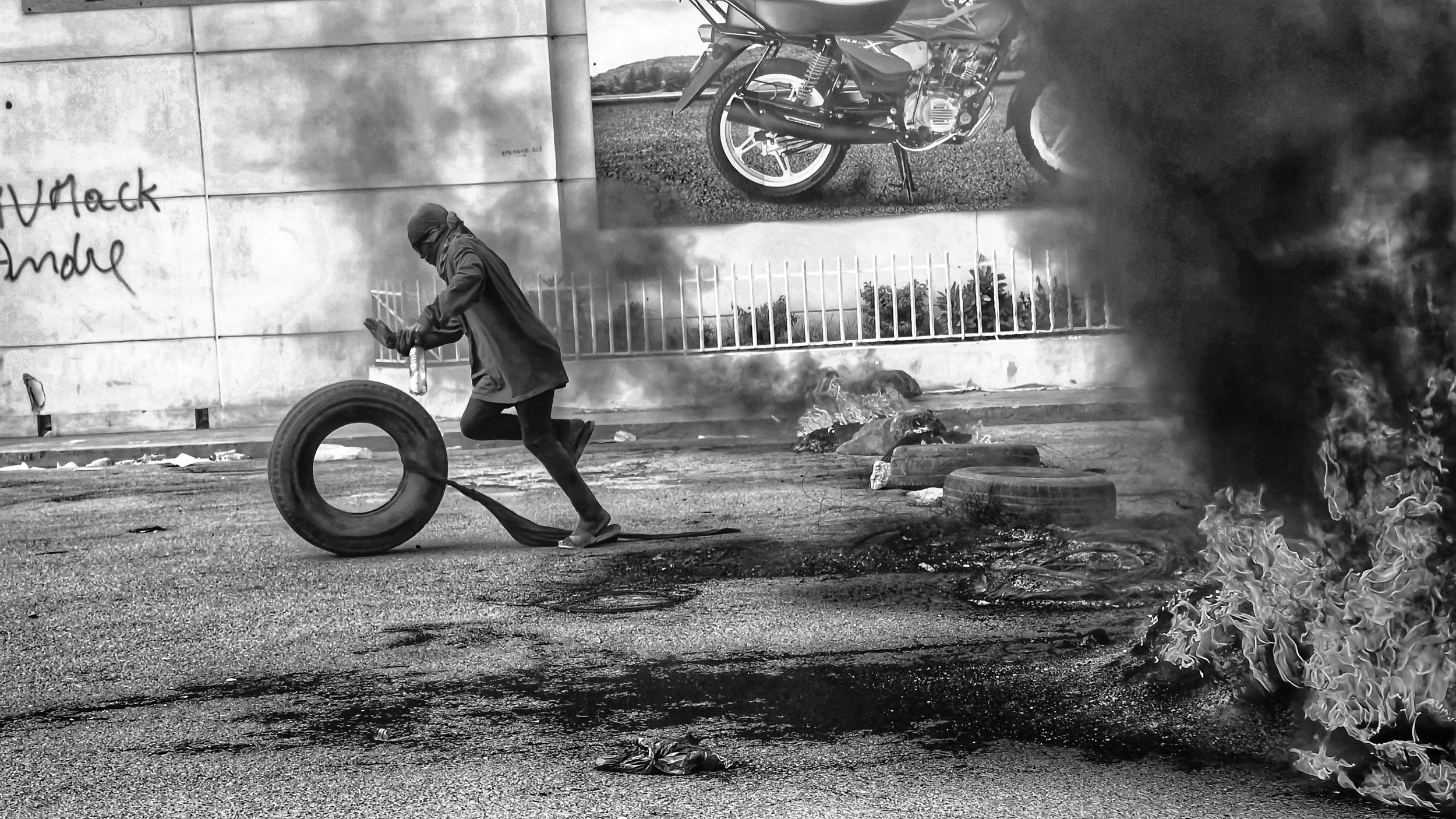Vanessa Charlot
The assassination and funeral Haiti’s late President Jovenel Moise and his untimely death is not the only story in the ongoing civil and political unrest in this ongoing saga. There are so many plausible subplots as to why he was killed and who might have made the call to end his life, including the ongoing impact of centuries of nefarious foreign actors who intend to keep the state crippled and make the road to a more integrated and inclusive economy more perilous than it already is.
But even that does not speak to the core of this very complex and multi-faceted story. At its core, this story is about the people of Haiti who are being forced once again to live with a bombardment of atrocities leaving many in this perpetual state of fight or flight. It begs many questions needing answers: what does rest, peace and healing look like in Haiti and for Haitians? And, why is it so hard to humanize the lives of people who have been continuously traumatized—as if those of us in ‘developed countries’ have never experienced trauma or seen just how destructive and downright evil the path to satisfy one’s lust and greed for money and power can be? How can we begin to see more of ourselves in what we deem “the other” instead of looking at Haiti and its people as one whose fate of damnation is written in stone. If we can always look forward to better days, why do we rob others of that same power—of hope and a necessity to come together to make the future as good as we know it can be.
The ordinary response to atrocities is to try to banish them from our minds. Certain violations of the social compact are too terrible to utter aloud. Atrocities, however, refuse to be buried. And so, the remnants of the burning tires in Haiti‘s streets serves as reminders that it is not about the ashes, for they tell a tale of what was. It’s about having a vision sufficient to understand that the tale that lies among the ashes stands ready to build the dream that will rise above the ashes.









